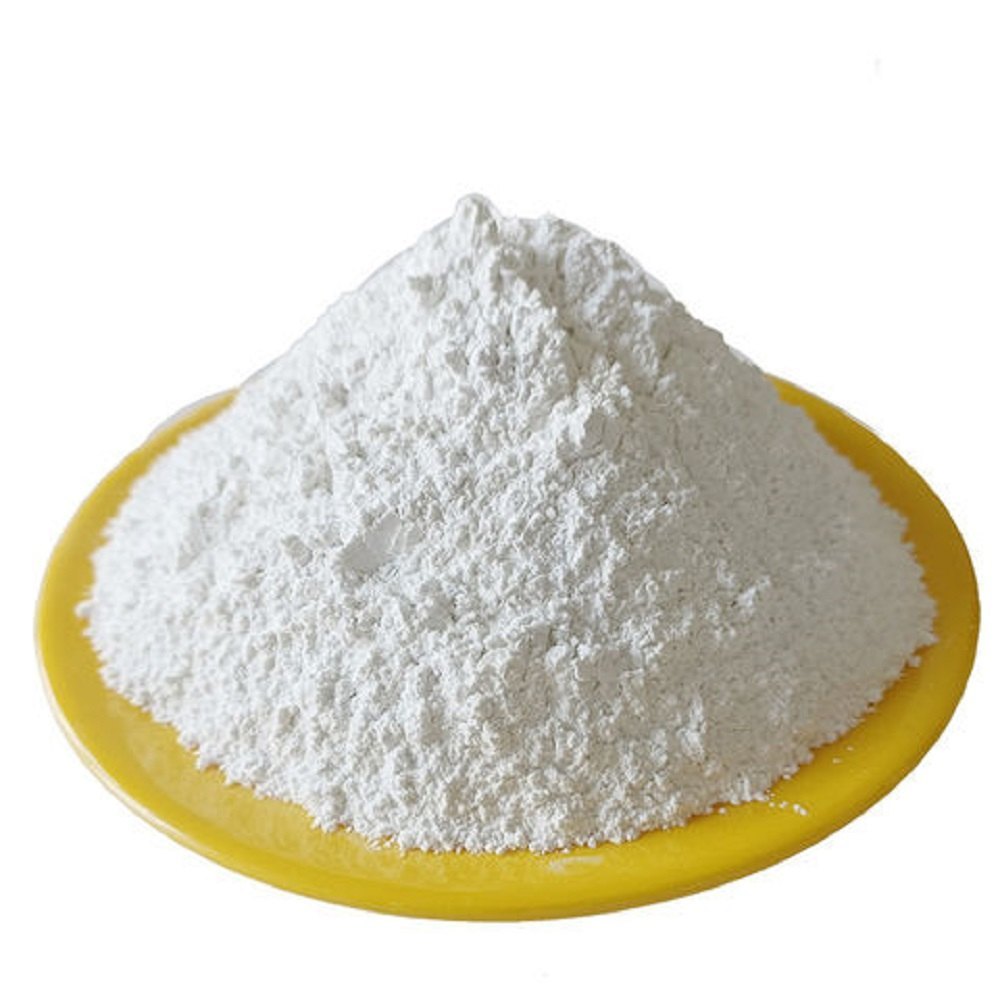Calcium carbonate is a naturally occurring compound found in various forms around the world. It is an essential part of our daily lives, contributing to a wide range of applications, from construction to healthcare. But have you ever wondered where this useful substance comes from in nature? In this article, we’ll explore the natural sources of calcium carbonate, its uses, and how it is extracted from the earth.
What Is Calcium Carbonate?
Calcium carbonate is a chemical compound made up of calcium, carbon, and oxygen. It is commonly found in rocks, shells, and minerals. This compound is most commonly used as a building material, as a supplement in the food industry, and in products like toothpaste and antacids. It also plays an important role in agriculture to improve soil quality.
Natural Sources of Calcium Carbonate
Calcium carbonate is abundant in nature and can be found in a variety of forms. The most common natural sources include:
1. Limestone
Limestone is one of the most well-known natural sources of calcium carbonate. It is a sedimentary rock that forms primarily from the accumulation of marine organisms like coral, shells, and algae. Over millions of years, these materials harden and form limestone, which contains significant amounts of calcium carbonate. This rock is often mined and processed to produce calcium carbonate powder.
2. Marble
Marble is another form of calcium carbonate that is highly valued for its aesthetic appeal. It is a metamorphic rock formed when limestone undergoes heat and pressure, transforming into a denser and more durable substance. Marble is used in construction, sculpture, and as a decorative element, and it contains a high percentage of calcium carbonate.
3. Shells and Marine Organisms
Marine organisms, particularly mollusks like clams, oysters, and snails, produce calcium carbonate to build their shells. These shells, once they decompose or break down, release calcium carbonate into the environment. The shells are rich in calcium carbonate, making them an important natural source for this compound. The calcium carbonate extracted from shells is often used in agriculture and as a food supplement.
4. Eggshells
Eggshells, like the shells of marine organisms, are primarily composed of calcium carbonate. The calcium carbonate in eggshells helps to form the hard outer layer, which protects the egg. Once the eggshells are discarded, they can be processed into calcium carbonate powder for use in various industries, including agriculture and healthcare.
5. Dolomite
Dolomite is a type of rock that contains both calcium carbonate and magnesium carbonate. It is a naturally occurring mineral that forms through the alteration of limestone. Dolomite is often used as a source of magnesium and calcium, and it can be found in many regions of the world.
Uses of Calcium Carbonate
Calcium carbonate has a wide range of uses in both industrial and everyday products. Some of the most common uses include:
1. Construction Industry
In the construction industry, calcium carbonate is used to produce cement and concrete. It is an essential component of the materials that make up buildings, roads, and other infrastructure projects.
2. Agriculture
Calcium carbonate is often used in agriculture to improve soil quality. It can neutralize acidic soils and provide essential calcium to plants. In the form of powdered calcium carbonate, it is applied to fields and gardens to enhance soil fertility.
3. Health and Medicine
Calcium carbonate is commonly used as a dietary supplement to help people who have calcium deficiencies. It is also an ingredient in antacid products, helping to relieve heartburn and indigestion.
4. Manufacturing
In manufacturing, calcium carbonate is used as a filler in products such as paints, plastics, rubber, and adhesives. It enhances the durability and appearance of these materials while also helping to reduce costs.
Conclusion
Calcium carbonate is widely available in nature, found in rocks, shells, and even eggshells. It is an incredibly versatile compound, used in everything from construction to healthcare. By sourcing it from natural deposits, industries can produce calcium carbonate powder for various applications, supporting both our daily needs and industrial processes.

